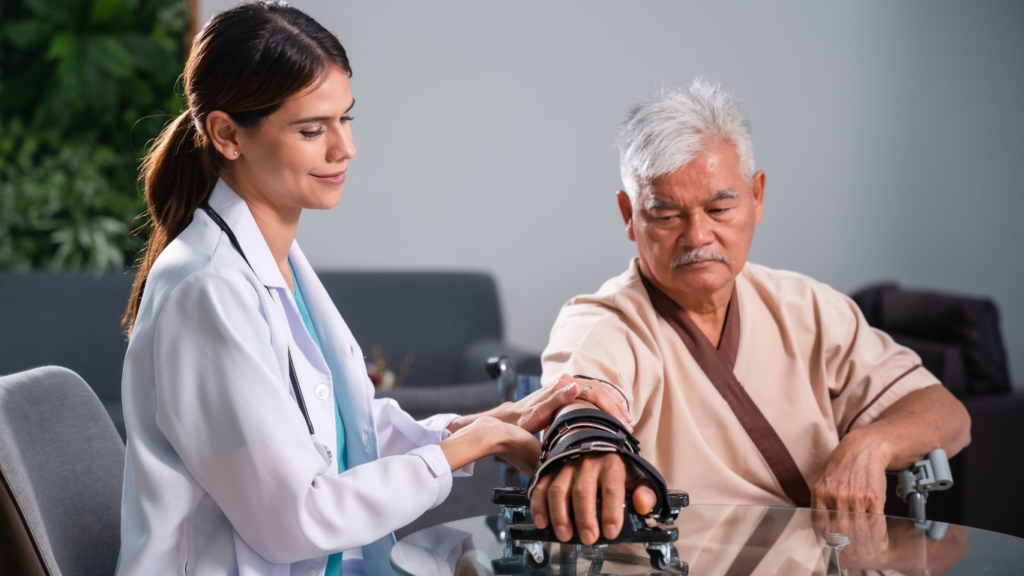High-frequency Spinal Stimulation Reduces Muscle Spasticity
Did you know that more than 80% of people with spinal cord injuries experience muscle spasticity? This condition, which causes tightness and uncontrolled muscle movements, can make daily life incredibly challenging. But recent breakthroughs in high-frequency spinal stimulation are offering hope to millions. This innovative treatment is making waves in the medical community for its ability to reduce spasticity and improve mobility.
So, what exactly is this new therapy, and how can it change lives? Let’s break it down for you.
What is Muscle Spasticity?
Imagine trying to open a tightly clenched fist or walk when your legs feel like they’re stuck in place. That’s what muscle spasticity can feel like for many people. It happens when nerve signals between your brain and muscles get scrambled, often due to conditions like spinal cord injuries, multiple sclerosis, or cerebral palsy.
High-frequency spinal stimulation, a non-invasive therapy, is emerging as a promising solution. By delivering controlled electrical pulses to the spinal cord, it helps restore proper nerve communication and relax those stiff muscles.

How Does High-frequency Spinal Stimulation Work?
Think of your spinal cord as a highway for nerve signals. After an injury or neurological disorder, traffic jams can occur, leading to spasticity. High-frequency spinal stimulation acts like a traffic cop, clearing the jams and letting signals flow smoothly again.
The process involves placing electrodes near the spinal cord, which deliver small bursts of electrical energy. These pulses help “retrain” the nervous system, reducing muscle tightness and improving movement. The best part? The procedure is minimally invasive and often shows results within weeks.
Why Is This a Big Deal?
For people living with spasticity, even simple tasks like brushing their teeth or getting dressed can feel impossible. Traditional treatments like medication or physical therapy don’t work for everyone and often come with side effects. High-frequency spinal stimulation offers a safer, more effective alternative.
As Dr. Susan Harkema, a pioneer in spinal cord research, puts it, “This technology is not just about reducing symptoms; it’s about giving people their independence back.”

Real-life Impact
Take Sarah, a 27-year-old who suffered a spinal cord injury in a car accident. She struggled with severe leg spasticity for years, making it hard to work or socialize. After undergoing high-frequency spinal stimulation, Sarah noticed a significant reduction in her symptoms. She now walks with greater ease and has regained the confidence to pursue her passions.
While high-frequency spinal stimulation is a game-changer, there’s always room for growth:
Accessibility: Ensure the treatment is affordable and widely available, especially in underdeveloped regions.
Personalization: Develop more tailored approaches for individuals with different levels of spasticity.
Integration with Rehab: Combine this technology with virtual reality or AI-driven therapies for an enhanced recovery experience.
High-frequency spinal stimulation is more than just a medical innovation; it’s a beacon of hope for those living with spasticity. By combining science, technology, and human resilience, we’re moving closer to a future where limitations are redefined and possibilities are endless.